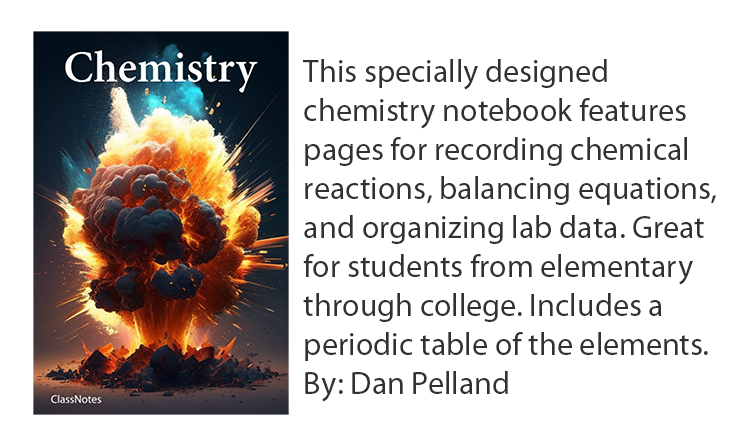The power of similes is that they create vivid images by comparing two distinct things using “as” or “like” in the context.’ Similes can make writing more engaging, evocative, and memorable when used effectively. Let’s consider the beauty of similes and the impact they have on writing as we dive into the artistry behind some examples.
First power of similes — emotional conveyance
Similes convey complex or abstract ideas by relating them to more familiar or tangible objects. They enable readers to visualize and experience the emotions and sensations that we, as writers, are trying to communicate without tangible images. In other words, similes allow us to paint a picture with words, drawing the reader in and making our writing more immersive.
For instance, consider the simile: “Snow is like Egyptian cotton spun and fluffed until it blankets you with softness.” Egyptian cotton is renowned for its luxurious softness. So the imagery evokes a vision of snow as something delicate, comforting, and soothing, transforming an everyday phenomenon into a captivating experience.
Similes might infuse humor or wit into our writing. Take this example: “The snow was as cold as your husband’s feet when he climbs into bed late on a January night.” In this case, the simile makes the reader chuckle. We can all identify with the thought and the strong sensation of cold.
Looking at some similes
Let’s examine some other examples of similes and the pictures and feelings they conjure.
- “The scarf was as blue and soft as the morning sky at first light.” This simile compares the scarf to the gentle, soothing colors of the morning sky, making the reader equate the soft pastels in the sky with the textural softness of the scarf.
- “The scarf was like a mother’s soft caress” works, too. In this example, we think of warmth, tenderness, and love reminiscent of a mother’s touch. That amplifies the emotional connection to an object that might be commonplace without the simile.
- “The hill was slippery as a polished brass railing under a denim-covered rump.” This humorous simile captures the challenge of navigating an icy hill by likening it to the smooth surface of a polished railing, accentuating the slipperiness and difficulty of the situation. The colloquial use of “rump” sets a particular tone, too.
- “I slid down the hill like a salmon responds to its instinct to race upstream.” This time, we clearly see the energy of sliding down a hill because we understand and visualize the determined energy of a salmon struggling upstream. There’s a sense of speed, excitement, and natural impulse.
- “The ice was as brittle as aged parchment, crackling and shattering at the slightest touch.” Think about how dull the description woud be if it simply said that the ice was brittle.
- “It is as cold as a geometry teacher’s heart on exam day.” No ambiguity here. The simile adds a humorous twist and invokes a sense of understanding. We nod as we read since we can all identify with that sort of teacher.
- “My nose was red like a beacon warning of impending doom.” This simile playfully suggests the severity of the situation and adds a touch of whimsy.
- “The flames in the fireplace were as uncapturable as the memory of childhood — flickering, diminishing, then eluding me entirely.” This time the writer evokes the elusive nature of a fire to the fleeting memories of childhood. We may feel nostalgia, loss, and the passage of time in a few well-chosen words.
The power of similes: no two are alike
Similes are as varied as the stripes on a zebra, and each uniquely impacts the reader. Consider some different types of similes and their effects on prose.
- Sensory similes draw upon the reader’s physical perceptions — sight, sound, touch, taste, or smell — to create vivid images. For example, “The cake tasted like a bite of heaven melting in my mouth.”
- Emotional similes convey feelings and emotions by comparing them to relatable situations or experiences. For instance, “Her heart ached like a bruise that refused to heal.” Here, the simile compares the emotional pain to a physical sensation, making it easier for the reader to empathize with the character’s pain.
- Conceptual similes illustrate abstract concepts or ideas by linking them to more concrete or familiar imagery. “The passage of time was like grains of sand slipping through her fingers.” Time is an abstract that’s difficult to quantify or envision, but the power of similes carries the reader into an accessible and relatable scene.
Crafting your similes without stretching too far
When creating similes, it’s essential to strike a balance between being imaginative and being understandable. While it’s crucial to generate captivating comparisons, you also want your similes to be easily understood and relatable to your audience. Be specific: Choose your comparisons wisely, making sure they are precise and relevant to the subject you are describing. Steer clear of overused similes and strive to come up with fresh, original comparisons that will surprise and delight your readers. Make it personal.
While creating elaborate similes is tempting, remember that simplicity is more understandable and effective. Aim for clear, concise comparisons that will resonate with your readers. Read your word pictures aloud. If they sound funky to you, they will sound funkier to your readers.
The bottom line
Every writer intuitively realizes the power of similes. They are invaluable tools in a writer’s arsenal, painting vivid pictures with words and evoking reactions that engage our readers. By experimenting with different types of similes and metaphors, you can elevate your writing to new heights, leaving a memorable impression on your audience. Whether you’re using similes to describe sensory experiences, emotions, or abstract concepts, remember that the beauty of similes lies in their ability to make the ordinary extraordinary and transport your reader into the world you’ve created.




